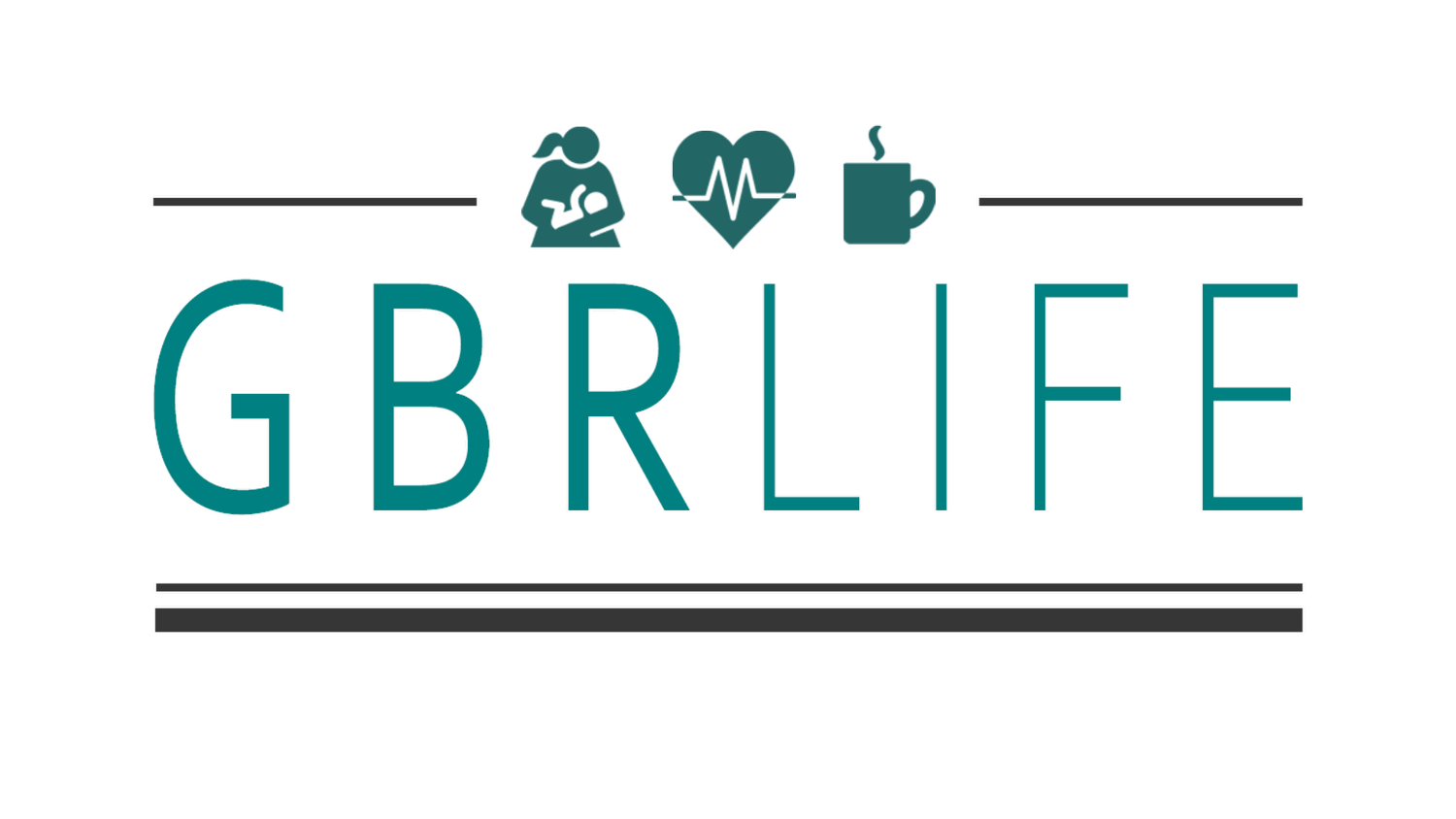The Psychology Of Price: Why $37 Products Are Everywhere And How Pricing Tricks Our Brains
Walk into any online marketplace, and there’s a good chance you’ll see a product priced at $37. It’s not a coincidence. Pricing isn’t random; it’s psychological. Businesses know that the way a number looks and feels can influence whether or not you hit that “buy now” button. And $37? That’s one of those magic numbers that just works.
So why does it work? Our brains are wired to react to prices in ways we don’t always notice. Odd pricing, like $37 instead of $40, feels like a deal. It plays into a concept called charm pricing, where a number ending in 7 or 9 tricks the brain into thinking the price is lower than it actually is. Instead of rounding up to $40, we mentally round it down, even if only by a little. It’s the same reason $9.99 feels way cheaper than $10, even though it’s just a penny’s difference.
There’s also something about the power of 7 in pricing. Marketers have long found that prices ending in 7 tend to convert better than those ending in 5 or 0. It’s uncertain why exactly, but theories suggest it feels more unique or “scientific,” as if it was carefully calculated instead of randomly chosen. It also stands out from the standard $9.99 or $19.99 that consumers are used to seeing.
Another reason $37 is everywhere? It feels affordable but not too cheap. It sits in that psychological sweet spot where it’s a little more than an impulse buy, but not so expensive that you second-guess yourself. It’s the perfect “why not?” price—low enough to justify but high enough to still feel valuable.
Image Credit: DALL.E
Anchoring is another pricing trick at play. If you see a course that’s “normally” $97 but is currently on sale for $37, you’re more likely to see it as a bargain rather than just judging it at face value. This plays into our fear of missing out (FOMO), making us feel like we need to grab the deal before it disappears, even if we weren’t initially planning to buy.
The psychology of price doesn’t just apply to $37 products—it’s everywhere. Look at how luxury brands price their items. A $995 designer bag feels significantly cheaper than a $1,000 one, even though it’s only a $5 difference. That’s because hitting a new hundred-dollar threshold makes a price jump feel much bigger than it really is.
Then there’s the decoy effect, where a company offers a mid-priced option that subtly pushes customers toward a more expensive product. Think about how streaming services present their plans. A basic version at $9.99, a premium one at $15.99, and then a “best value” option at $19.99 that offers just enough extra perks to make it seem like the smarter choice. The middle option exists mainly to make the highest-priced one look like a deal.
Subscription services, online courses, and even grocery stores all take advantage of pricing psychology. Ever notice how grocery stores price things at $4.97 instead of $5? Or how a meal at a restaurant is $14.99 instead of $15? These tiny differences make a big impact on consumer behavior, often without us realizing it.
What does this mean for buyers? Awareness is key. If you recognize these tactics, you’re less likely to fall for them. Before clicking “buy,” ask yourself: Is this really a great deal, or is it just priced in a way that makes it feel like one?
And for business owners? Pricing isn’t just about covering costs—it’s about perception. Understanding these psychological pricing strategies can help you structure your offers in a way that encourages more sales without actually lowering the value of your product. Whether it’s setting a price at $37, using anchor pricing, or strategically placing a “decoy” option, there are many ways to use psychology to your advantage.
So the next time you see a product for $37, know that it’s not random. It’s a carefully chosen price designed to make you feel comfortable spending money. And now that you know the trick, you just might start noticing it everywhere.


